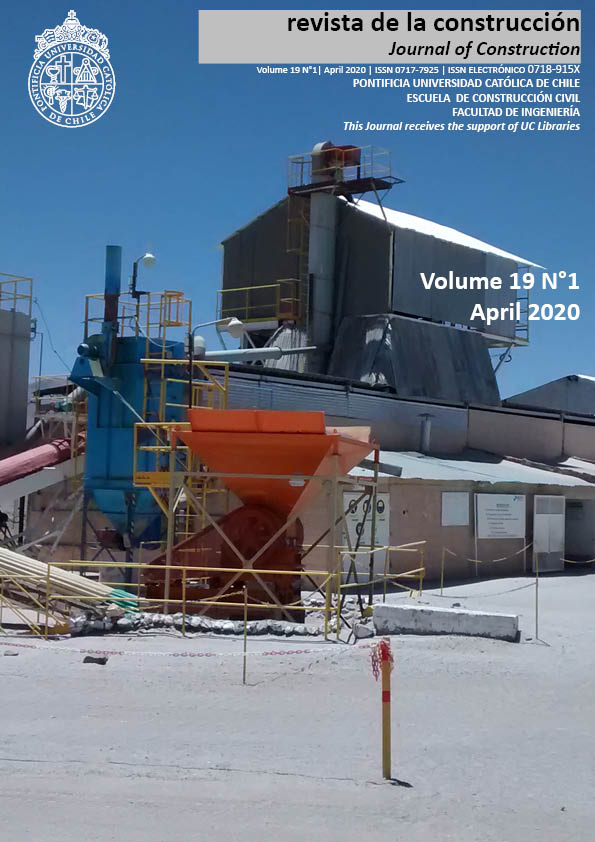The usability of industrial wastes on soil stabilization
DOI:
https://doi.org/10.7764/RDLC.19.1.80Keywords:
Soil stabilization, environment, marble dust, granite dust, boron waste, fly ashAbstract
Soils are made stronger and more durable by mixing additive materials. In particular, the use of waste provides environmental and economic advantages for this case. Wastes form in large quantities, however, which creates storage problems. To objective of this study is to research the availability of industrial wastes for soil stabilization. An experimental study was conducted on granular soil specimens mixed with industrial wastes such as marble and granite dust, boron waste, and fly ash in different ratios. Each mixture used two waste materials together. Specifically, fly ash was used with three additional waste materials because of its pozzolanic characteristics. The tests performed included freezing-thawing, unconfined compression strength, and California bearing ratio. The results of the study show that the strength of a specimen is dependent on the additive ratio, curing period, and the number of freeze-thaw cycles. Generally, unconfined compressive strength and California bearing ratio increased with additive materials and curing times. After freezing and thawing, unconfined compressive strength (except granite dust) decreased, whereas weight loss increased due to increasing additives and increasing freeze-thaw cycles.
Downloads
Downloads
Published
How to Cite
Issue
Section
License

This work is licensed under a Creative Commons Attribution-NonCommercial-NoDerivatives 4.0 International License.








